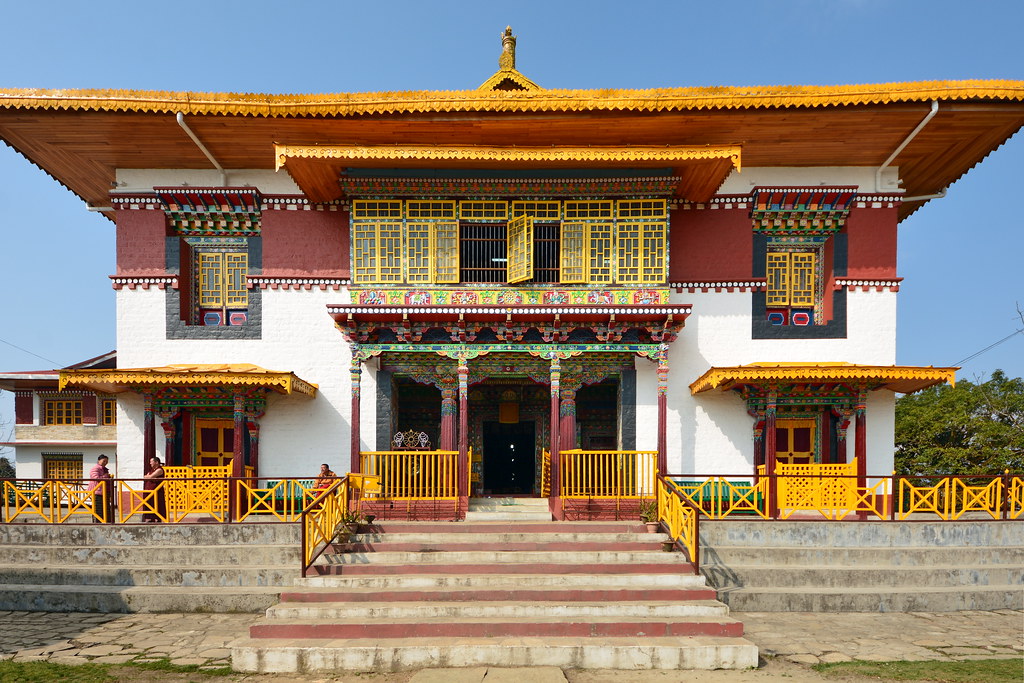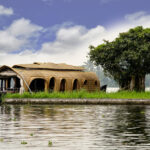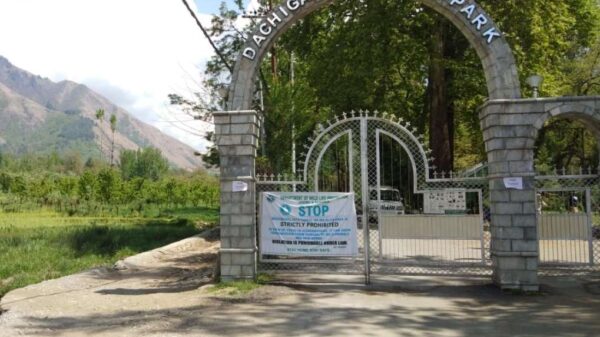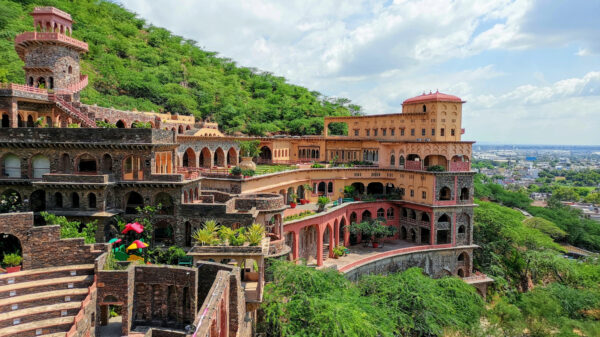Sikkim is a mystical land with numerous ancient monasteries and intriguing places. It’s a place where nature and history intermingle, offering marvellous aesthetic beauty.
Sikkim is bestowed with majestic mountains, beautiful hills and valleys, crystal-clear waterfalls, springs and lakes, rivers and streams, steep and undulating terrains, snow-clad mountains, and many more natural wonders. In this blog, I will discuss one of Sikkim’s wonders that I believe every individual would love to discover: the Rabdentse ruins. This historical site exemplifies Sikkim’s history and its former glory. Even in its current state of ruins, it still captivates with its breathtaking beauty at first sight.
Location
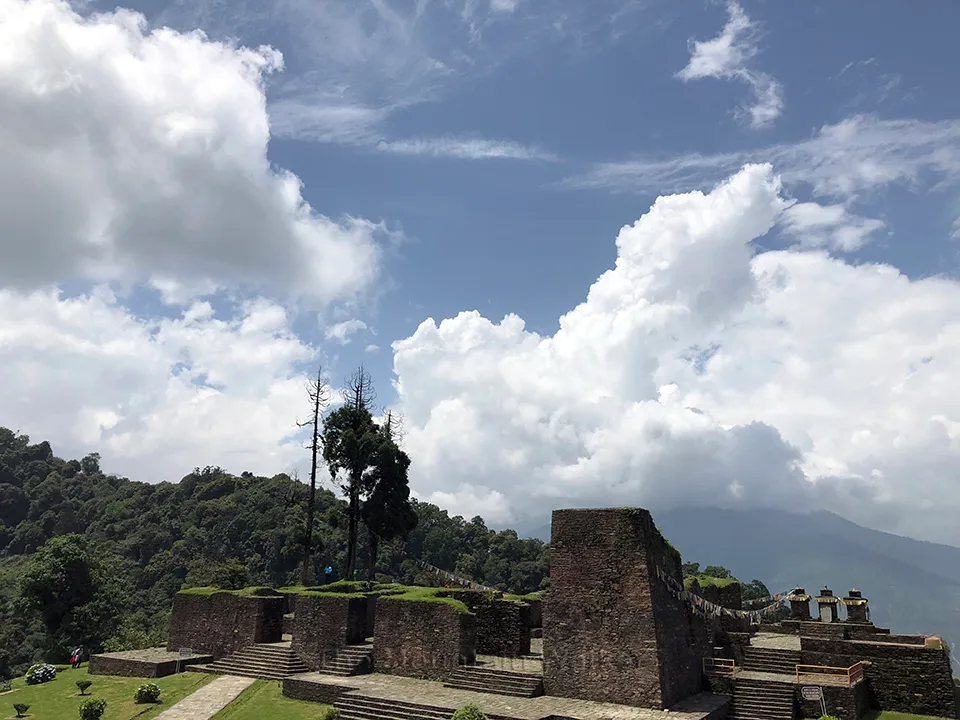
An archaeological site known as Rabdentse Ruins can be found near Gyalshing in West Sikkim, India. A short three-hour drive from Darjeeling to Pelling in Sikkim will lead you to the historically significant destination of Rabdentse, which served as the second capital of the former Kingdom of Sikkim.
Situated near the town of Pelling, and just a short two-kilometre hike from the renowned Pemayangtse Monastery, travellers have the opportunity to explore the stone ruins of the royal palace. These ruins now border a bird park
History of Rabdentse Chronicles

The capital of Sikkim was moved to Rabdentse by the second king, Tensung Namgyal, who was the son of Chogyal Phunstok Namgyal. In 1680, Tensung Namgyal was succeeded by Tenzing Namgyal, whose reign was marked by an invasion of Sikkim by Nepal. This invasion forced many residents, including the king, to flee to Lhasa. Subsequently, British intervention resulted in the signing of a treaty. Although Sikkim lost some territory, the monarchy was reinstated.
Tenzing Namgyal passed away in Lhasa, and his son Tsudphud returned to Rabdentse. However, he deemed the capital too close to the border and relocated it to Tumlong in north Sikkim. As a result, the royal palace was abandoned and left to deteriorate..
The ruins
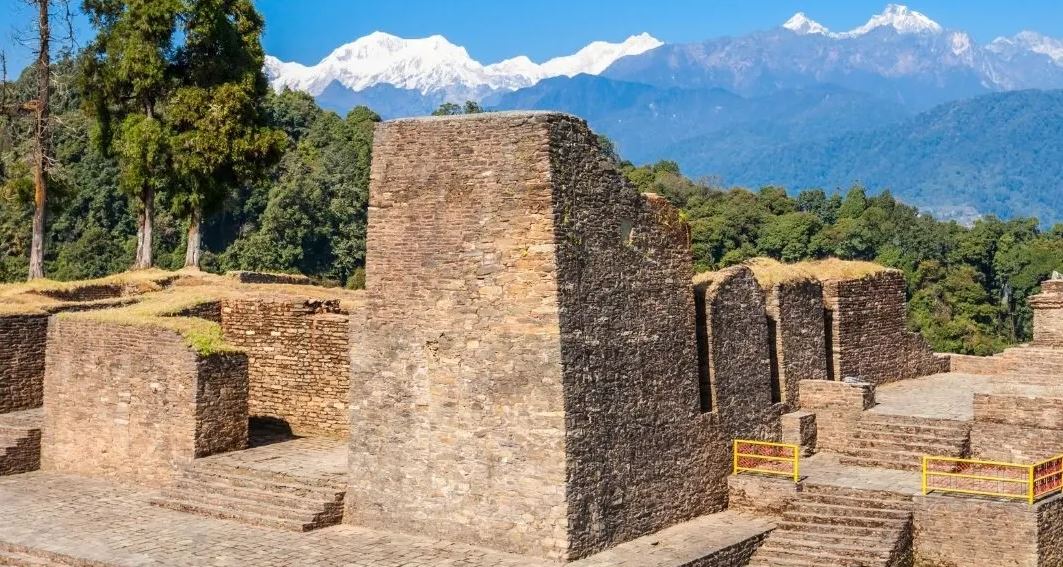
The Archaeological Survey of India (ASI) took the initiative to preserve the decaying palace of the Namgyal family. They restored the ruins and added landscaped gardens, including flower beds, stone-paved walkways, and stairs. Today, this site is protected by the ASI.
These palace ruins are scattered on a ridge overlooking the popular tourist destination of Pelling. On clear days, visitors can enjoy stunning views of Kanchenjunga. A trail winds through a montane forest of oak and chestnut, leading to a complex divided into two parts.
The northern section, which once served as the royal family’s residence, features a courtyard with three chortens (stupas) where family members used to offer prayers. The southern part was intended for the common people and includes a durbar with a stone throne
Bird park.
Within the Rabdentse complex, you’ll discover the Sidkeong Tulku Bird Park, named after the 10th Chogyal of Sikkim, Sidkeong Tulku Namgyal. This beautifully landscaped park is home to around 200 of the 550 avian species found in the region, offering opportunities to observe owls, eagles, bulbuls, flycatchers, pheasants, babblers, and many other birds. For close encounters with these feathered residents, the elevated walkway in the park is the ideal spot.
Pemayangtse Monastery
The nearby Pemayangtse Monastery, a three-story structure, houses traditional Buddhist paintings known as thangkas and boasts an extensive collection of rare books. It also serves as a centre for learning where approximately 150 individuals live and study. This is a must-visit place that welcomes visitors with the familiar sight of fluttering prayer flags.
How to reach?
The Rabdentse Ruins are located in the Indian state of Sikkim. To reach Rabdentse Ruins, you can follow these steps:
Reach Gangtok: Most visitors to Sikkim start their journey in Gangtok, the capital city.
Travel to Pelling: Rabdentse is located near Pelling. You can hire a taxi or take a shared jeep from Gangtok to Pelling. The journey takes around 4-5 hours.
Visit Rabdentse Ruins: Once in Pelling, you can hire a local taxi or walk to Rabdentse Ruins, which are about 2-3 kilometres from Pelling. The ruins are situated in a forested area, so be prepared for a short trek.
Make sure to check for any local regulations or restrictions before planning your trip, as conditions can change. Additionally, it’s a good idea to visit during daylight hours for the best experience.
Where to stay in Rabdentse?
Pelling has a lot of accomodation options You can choose according to your budget and preferences.
What to eat?
Sikkimese cuisine offers a variety of delicious dishes that are a blend of Indian, Tibetan, and Nepalese flavours. When in Sikkim, you should try some of the following dishes like momos, Thukpas,Chhurpi etc.
The right time to visit Rabdentse Chronicles
The best time to visit Rabdentse Ruins in Sikkim is during the spring and autumn months, which is typically from March to May and September to November. During these periods, the weather is pleasant, and the skies are generally clear, offering the best visibility for exploring the ruins and enjoying the surrounding natural beauty.
Some Special Tips
To reach the palace, you’ll need to meander through a lush forest of oak and chestnut trees. While this might be an enjoyable trek for the young at heart, it could be physically demanding for older individuals. Consequently, I genuinely believe that this destination may not be the best choice for them.
Respect the Culture – The Sikkimese culture has its own set of rules and regulations, and as a visitor from a different culture, you may not be familiar with the local sentiments associated with this monument. It’s crucial to show respect for their cultural heritage.
There’s no entry fee, so you can freely explore the palace and marvel at its beauty.
Final Thoughts
My journey begins with a scenic trail through oak and chestnut trees, evoking a sense of trekking and hiking. Upon encountering the palace, I was left awestruck by its indescribable beauty. The palace serves as the residence of the royal family, and the breathtaking view of Kanchenjunga left a lasting impression on me. The bird park, which houses numerous avian species, is where I truly felt the essence of nature. The learning centre exudes an awe-inspiring aura of peace and serenity. This destination, with all its unique qualities and natural beauty, is a must-visit and should be on your bucket list.
Travel is the only thing you buy that makes you richer. Travel with us.

